Supporting Professionals Who Care
Cold Weather Injuries
HOW TO TREAT HYPOTHERMIA
Hypothermia develops when the body temperature falls below 35°C (96°F). It can also occur if a person is exposed to cold water, or if a person is wet and then becomes chilled. Hypothermia can also develop in poorly heated homes, so the elderly, infants, and the sick are particularly vulnerable.

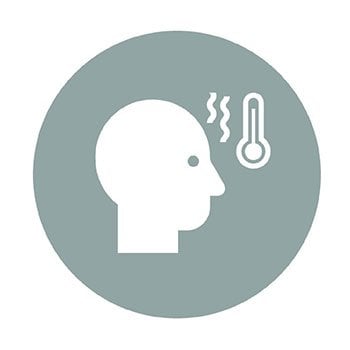
Whether indoors or outside the casualty needs to be rewarmed.

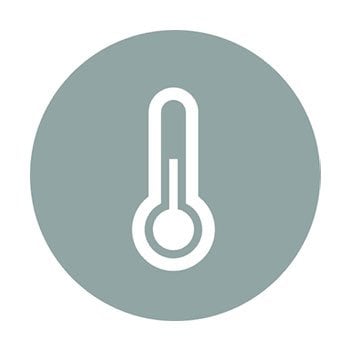
Cover in blankets and warm the room to above 25°C.


Offer them a warm drink and some high energy foods.

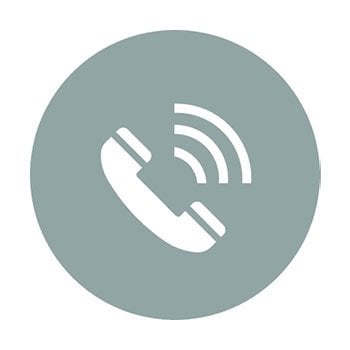
Call 111 for medical advice, and to ensure no underlying illness.


Monitor vital signs - breathing, pulse, alertness and temperature.
TREATING HYPOTHERMIA OUTDOORS...


Take the casualty to a sheltered place out of the wind and rain.


Protect the casualty from the ground. Remove wet clothing.


Call 999 for advice and wait for medical help to arrive.


If available give warm drinks and high energy foods like chocolate.

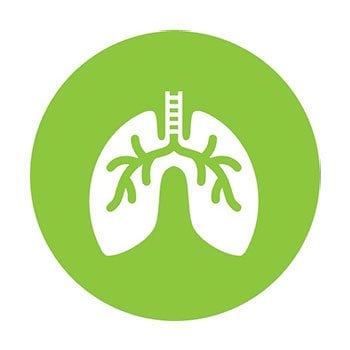
Monitor vital signs - breathing, pulse, alertness and temperature.
SIGNS TO LOOK OUT FOR:
- Shivering
- Cold, pale skin
- Disorientation
- Slow pulse
- Lethary
- Slow responsiveness
- Shallow breathing
- Irrational behaviour
All information is sourced from St John Ambulance
HOW TO TREAT FROSTBITE
Frostbite usually develops in freezing or cold and windy conditions. Tissue and skin is damaged from exposure to freezing temperatures. The fingers and toes are most commonly affected. People who cannot move around are particularly susceptible to frostbite.

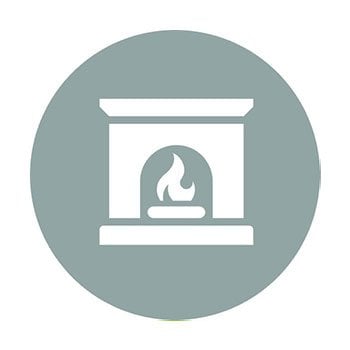
Advise the patient to put their hands under their armpits and move them somewhere warm.

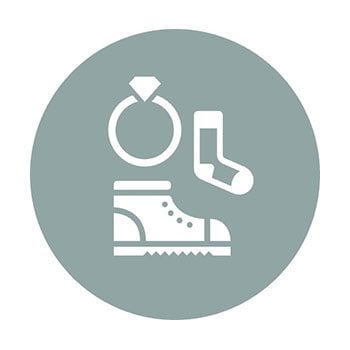
Carefully remove any clothes and jewellery from the affected areas, and warm with your hands.


Avoid rubbing the affected area to stop any further damage to the skin and tissues.

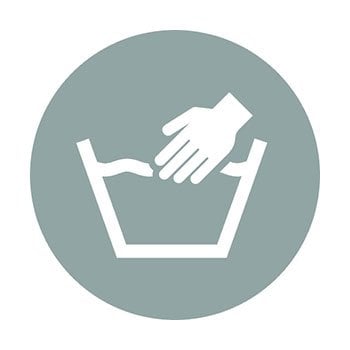
Place the affected part in warm water (40°C), dry carefully and apply a light bandage.

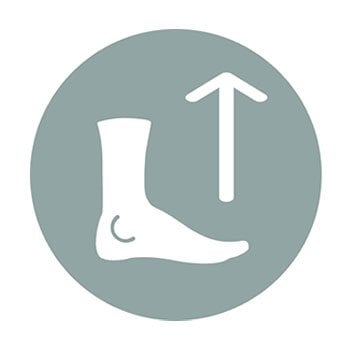
Raise the limb to reduce any further swelling. Call 999/111 for further medical advice.
SIGNS TO LOOK OUR FOR:
- Pins and needles
- Paleness followed by numbness
- Stiffening and hardening of the skin
- Colour change of the skin from white to blue
- Tissue may become black due to loss of blood supply
All information is sourced from St John Ambulance


